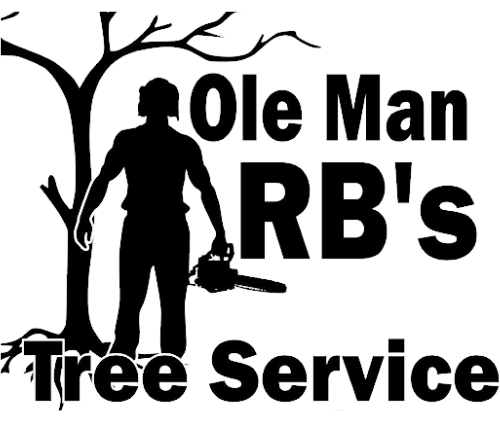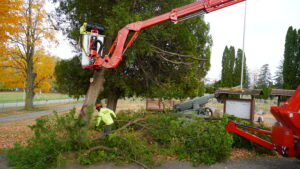Tree roots are a hidden threat most homeowners don’t think about—until it’s too late. While mature trees add beauty and value to your property, their roots can silently wreak havoc underground, especially when they grow too close to your home. In Michigan, where clay-heavy soils and freeze-thaw cycles already strain foundations, invasive roots can make a bad situation worse.
If you’ve noticed cracks in your foundation, uneven flooring, or a persistent musty smell in your basement, don’t rule out tree roots as the culprit. Let’s break down how root systems can damage your foundation and most importantly, what you can do about it.
How Tree Roots Affect Your Foundation
Despite popular belief, tree roots don’t actually “break through” concrete. What they do instead is exploit weaknesses. Here’s how it happens:
1. Soil Shifting and Moisture Disruption
Tree roots are constantly searching for moisture, and they’re highly effective at finding it. In doing so, they dehydrate the soil near your foundation. Over time, this shrinkage causes the ground to contract, especially in Michigan’s clay-rich soils. As the soil volume changes, it can shift or settle unevenly—leading to foundation movement, cracks, and structural stress.
2. Exploiting Cracks and Weak Points
If your foundation already has small cracks (even hairline ones), roots can enter and gradually widen those gaps. Once inside, they continue to grow, applying outward pressure that weakens the structure further. Combine that with water intrusion, and you’ve got a recipe for long-term damage.
3. Interfering with Drainage Systems
Roots often invade underground plumbing, drain tiles, and septic lines. When this happens, not only do you risk pipe blockages and backups, but excess moisture can start pooling near your foundation causing hydrostatic pressure and additional wear over time.
Signs Tree Roots May Be Damaging Your Foundation
Many of the signs mimic general foundation problems, but they can be worsened or even caused by root intrusion:
- Cracks in your interior or exterior walls
- Uneven or sloped flooring
- Doors or windows that stick or won’t close properly
- Water seepage in your basement or crawl space
- Noticeable tree roots surfacing near your home’s foundation
- Nearby trees that are growing unusually fast or leaning toward the house
If you’re seeing any combination of these signs—and you have trees growing within 20 feet of your home it’s time to take action.
Common Offenders: Trees Known for Aggressive Roots
Not all trees pose equal risk. Some have deeper, less invasive root systems. Others, though, are notorious for seeking out water aggressively and spreading fast. Watch out for:
- Silver Maple
- Willow
- Poplar
- Elm
- Oak
- Sycamore
- Tree of Heaven
These trees can send roots out as far as 2-3 times their canopy width—meaning a 30-foot tree could affect soil 60+ feet away.
What You Can Do About It
If you’re concerned about root-related foundation damage, don’t wait until it becomes a costly repair. Here’s your action plan:
1. Schedule a Professional Tree Assessment
At Ole Man RB’s Tree Service, we inspect root systems, tree health, and their proximity to structures. We’ll determine whether the tree poses a risk and whether removal, trimming, or root barrier installation makes the most sense.
2. Consider Root Pruning or Tree Removal
In some cases, strategic root pruning can slow down invasive growth. However, if the tree is too close to your home or is already causing damage, removal may be the safest option. Our team ensures root removal is done properly without disturbing your foundation further.
3. Install a Root Barrier
If the tree is healthy and you want to preserve it, a root barrier may help. This underground shield redirects roots away from your foundation and utility lines—acting as a long-term defense. It’s best installed before major damage occurs.
4. Repair Existing Foundation Damage
If roots have already caused damage, you’ll want a foundation specialist involved to assess structural integrity. Combining root mitigation with foundation repair ensures the problem is resolved both above and below ground.
Don’t Let Tree Roots Undermine Your Home
Tree roots don’t respect property lines or foundation walls. They’ll follow moisture wherever it leads them—even if that’s straight under your house. The good news? With regular inspection and proactive maintenance, you can enjoy the beauty of your trees without sacrificing your home’s stability.
If you’re in Michigan and concerned about trees growing too close to your home, contact Ole Man RB’s Tree Service for a no-obligation root and tree safety assessment. We’ll help you make the right call—before small cracks turn into major repairs.
Schedule your root inspection or tree removal service today. Protect your home from underground threats before they strike.



